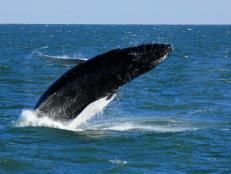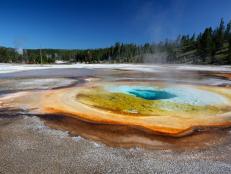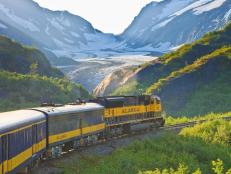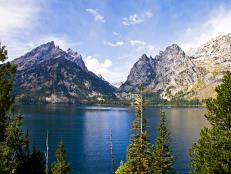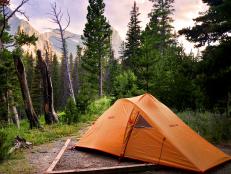How Not to Annoy Wild Animals at National Parks
Enjoy viewing wildlife without putting yourself — or the animals —at risk with these tips from the experts.

Related To:
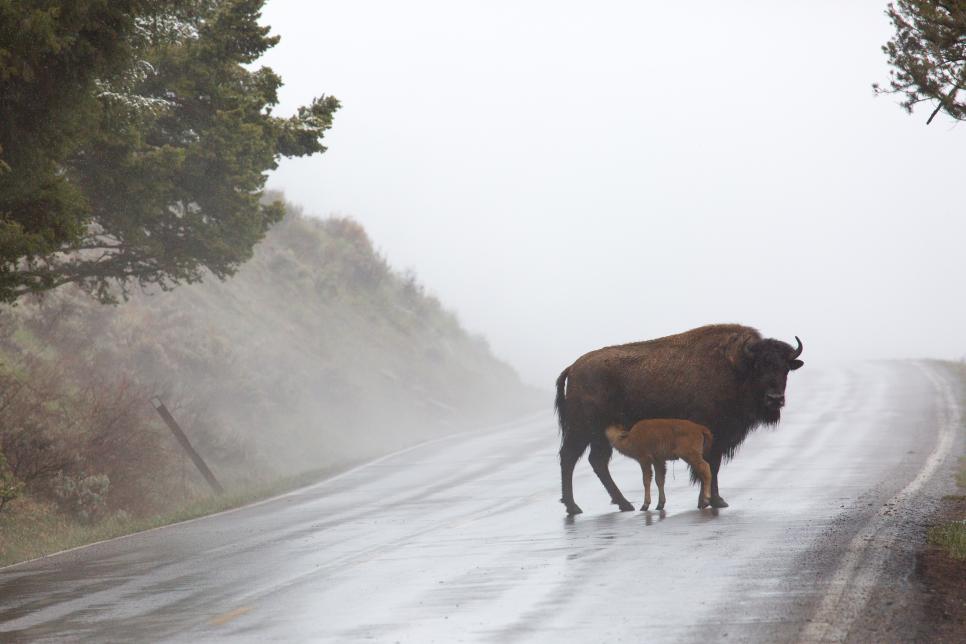
Photo By: NPS/Neal Herbert
Photo By: NPS/Neal Herbert
Photo By: GettyImages/cumulus_humilis
Photo By: NPS/Jacob W. Frank
Photo By: NPS/Jim Peaco
Photo By: GettyImages/Andrea Izzotti
Photo By: GettyImages/vvvita
Photo By: NPS/Diane Renkin
Photo By: Shutterstock/DCrane
Photo By: GettyImages/pchoui
Close Proximity
National parks are a treasure that offer the chance to view native plants and animals in their natural habitat. However, as the number of visitors to national parks and wildlife populations increases, humans and animals too often find themselves in close proximity. If you are planning on visiting a national park soon, here’s some advice on how to respect wildlife and stay safe.
Don’t Forget They Are Wild
Remember that the animals living in national parks are wild. The biggest mistake you can make when visiting a national park is treating the park like a petting zoo. Wild animals can be unpredictable and in national parks and many state parks, they are not contained — they come and go within the park as they please. "It's just complacency," says Linda Veress, Public Information Specialist at Yellowstone National Park. "Visitors don't have wild animals at home, they see that it's so close, and they think that it must be safe for them to approach it."
Respect the Warnings
In national parks, there are warning signs everywhere. Stop by the visitor’s center and take the time to read about the types of wildlife in the park and what to expect. "We really try to get the word out and educate visitors before any incidents happen," says Linda Veress. So, if you see the warning signs, take heed. The park service posts these signs to protect you and the wildlife.
Keep Your Distance
"The best advice we can give is just to make sure you give them space," says Kobee Stadler, Visitor Services Program Manager at Custer State Park. The general rule is to keep 25 yards away from all wildlife, and a minimum of 100 yards away from wolves and bears. Kobee suggests following the "rule of thumb." "If you're out hiking and you encounter wildlife," says Kobee, "stick your thumb out and hold it out at eye level. If your thumb covers the entire animal, you're a safe distance away from that animal." However, if you can see that animal sticking out on either side of your thumb, that means you are too close to that animal.
Watch for Cues
Animals give tell-tale signs when they are stressed. For most animals, the best way to pick up cues is with eye contact and their tails. For bison, in particular, direct eye contact and a raised tail mean that they are annoyed. When you visit a park, be sure to read about the types of wildlife you may encounter and learn these stress cues. At certain times of the year, wildlife can be more stressed. During the mating season, male animals may become more aggressive and reactive to human stimuli. In the calving season, females are protective of their babies. Take all of this into consideration when out viewing wildlife.
Never Feed Wildlife
Some wild animals look adorable and maybe you think handing them a snack or two won’t hurt. But don’t do it. Feeding wildlife is a bad idea and you risk getting a bite. Plus people food is not healthy for animals and it makes them learn that people aren't the threat. This becomes a vicious cycle that results in people getting too close and getting hurt. Wildlife have all they need to eat in their environment.
Keep Domestic Pets on a Leash
If pets are permitted on park grounds, make sure they are leashed. Even the most faithful dog can get caught up in the moment and chase wildlife. This can cause harm to your pet and to wild animals.
Don't Block the Roads
Wildlife in national parks are free to go where they please. And, they have the right of way. If you want to view wildlife, pull over. This allows other vehicles to pass safely and gives plenty of room for wildlife to cross. Also, mind the speed limit. A collision with a 1,000-plus pound bison is not worth the hurry.
Leave No Trace
Always pack up food after a picnic stop or at the campground. Food left unattended will attract animals and put you at risk. Even if you are out for a hike, make sure you don’t leave food scraps behind. National parks exist for everyone to enjoy. Do your part and take your trash out with you. Animals can hurt themselves with the trash left behind and it taints the beauty of the park.
Forget FOMO
Selfies and trying to get that perfect Instagram shot are among the greatest dangers to visitors in national parks. In order to get that perfect shot or video, people are taking greater risks and getting too close and personal with wildlife. This behavior not only puts you at risk but it also endangers park creatures. "A bison can run 35 miles an hour, and can outrun anyone," warns Linda Veress. "Just because you see it standing there does not mean that you can approach it closely to take a picture." The best advice park officials can offer is to appreciate the view and, if you must get a photo, bring a telephoto lens or binoculars along.
